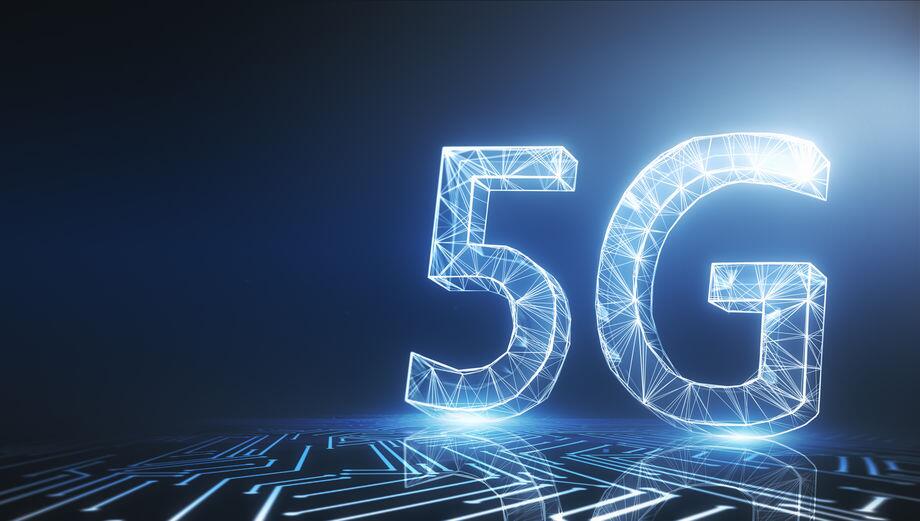Global ICT leader Huawei stressed the importance of embracing cross-industry innovation as key to accelerating 5G innovation at the Mobile World Congress 2017 (MWC) in Barcelona, Spain. Huawei shared its vision for a collaborative ecosystem that could stimulate innovation and bring 5G technologies to market faster during its one-day Global TD-LTE Initiative (GTI) Summit held yesterday at MWC.
With the shifting focus by global ICT leaders to jointly innovate 5G technologies, the GTI Summit highlighted 4G’s evolution and the roadmap to 5G development, with the ultimate goal of building a fully connected world.
"GTI as an initiative has contributed greatly to the development of the 4G industry in the past and we look forward to it assuming an even more active role in the development of the 5G industry," said Huawei Deputy Chairman and Rotating CEO Eric Xu. "We must live up to our historic mission and continue our collaborative efforts to give 5G greater vitality and a longer life cycle. Only with greater vitality and a longer life cycle will 5G provide better returns to investors."
As part of its MWC showcase, Huawei made several world’s-first announcements around 5G core solutions for commercial use, known as Service-Oriented Core 2.0 (SOC 2.0), which provides connectivity for a multitude of terminals and on-demand services that support all vertical industries. Huawei also announced a 100GE-enabled network functions virtualization infrastructure (NFVI) solution on Day 1 which delivers high bandwidth, low latency and superb performance to telecom operators.
Huawei and China Mobile also published the latest joint innovation progress of 5G Dual Connectivity innovation and presented them with AR/VR demos to demonstrate the 22Gbps user throughput capability and the lowest 0.5 millisecond latency. This is a key milestone of Huawei and China Mobile’s collaborative efforts on 5G technology research and development.
On day two, Huawei released its LampSite 3.0 solution for indoor mobile broadband (MBB) usage to improve the indoor broadband experience of users which accounts for almost 80 percent of all mobile usage today. The MWC organizers, GSMA, also recognized Huawei’s contribution to the development of Long Term Evolution (LTE) networks by awarding it the ‘Outstanding Contribution for LTE Evolution from 4.5 to 5G Award’. Huawei’s NFV solution was also awarded ‘Best Technology Enabler’, while its active antenna unit (AAU) solution won ‘Best Mobile Infrastructure’.
“This is the first year that GSMA sets an outstanding contribution award for 5G and Huawei is honored to receive it,” said Mr. Xu Wenwei, Executive Director of the Board, Chief Strategy Marketing Officer, “The next few years will continue to see LTE development and 5G innovations. During the 4.5G to 5G, Huawei will keep focusing on helping its customers improve user experience, to step into all cloud era, to enable innovative services for vertical industries, and finally to build 5G with more vitality and longer lifecycle.”
Day three of MWC saw Huawei and Vodafone with support from Audi host Europe’s first demonstration of the use of cellular technology to connect cars to each other, to people and to roadside infrastructure. The new technology called ‘Cellular V2X’ (C-V2X) was revealed during a live demonstration for invited guests at the world famous Circuit de Barcelona-Catalunya race circuit.
Also on Day three, China Mobile, the GSMA and Huawei jointly announced their collaboration to build an assessment framework for achieving carrier-grade Network Functions Virtualization (NFV) reliability for the telecommunication industry. The project aims to combine industry efforts to construct a scalable and comprehensive framework that will enable proactive, flexible and analytical network maintenance for telecom operators. This will eliminate potential network risks and help to build a network with higher reliability, increased stability and better connectivity for the delivery of digital services.
On day four, Huawei held its first annual X Labs roundtable which saw the participation of major industry leaders including Intel, GE, Bosch Connected Devices and Solutions, Toshiba, and CMCC operator. During the meeting, Huawei announced details on operations, including research directions, collaborative models and resource provision.


